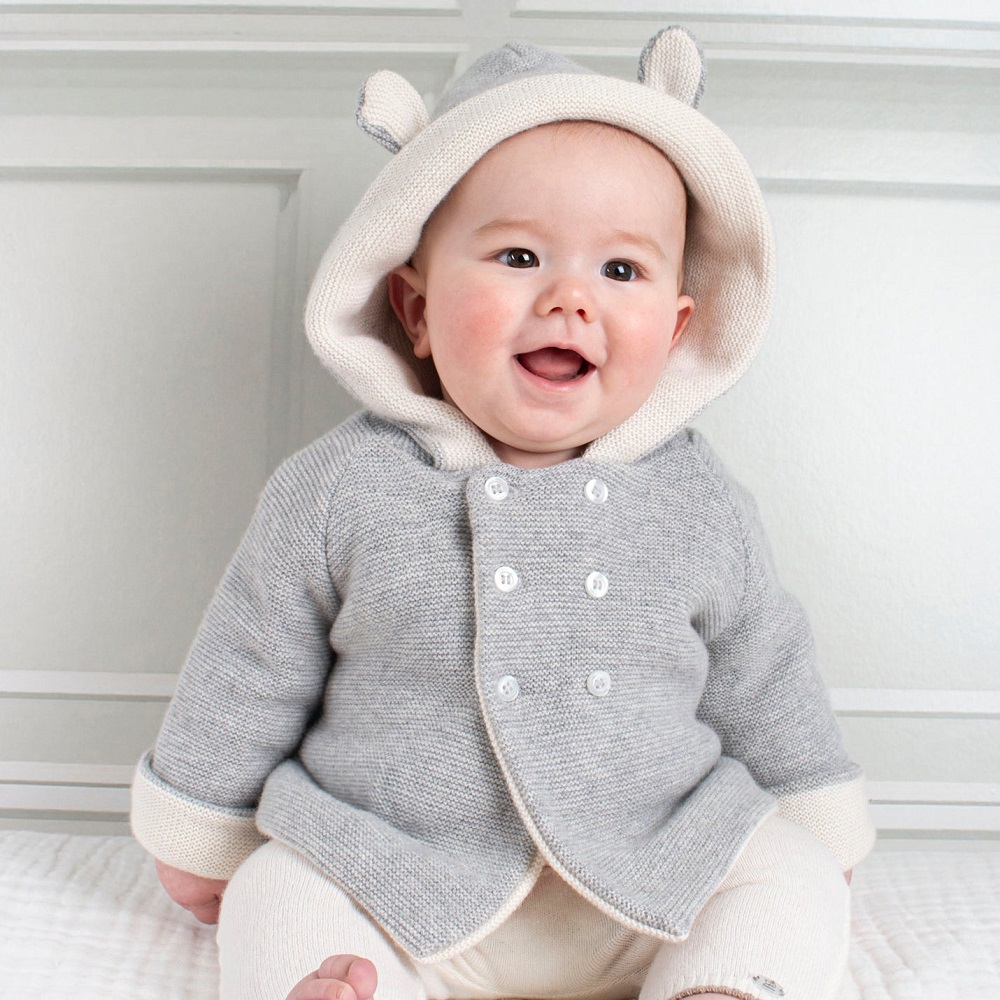Ensuring that your baby is comfortably dressed for sleep is essential for a good night’s rest. Babies spend a significant amount of their early life sleeping, and their comfort is crucial for their growth and development. However, knowing how to dress a baby for sleep can be challenging for new parents. Factors such as temperature, fabric choice, and safety guidelines must all be considered. How to dress baby for sleep? In this article, we will provide top tips for dressing your baby for sleep, focusing on comfort and safety.
Understanding Sleep Environment
Creating a Safe Sleep Space
How to dress baby for sleep? Before considering clothing, the sleep environment plays a vital role in your baby’s comfort. Start by ensuring the baby’s sleep area adheres to safety guidelines. The crib or bassinet should have a firm mattress with a fitted sheet. Avoid adding pillows, blankets, or stuffed toys, as these can pose suffocation hazards.
The American Academy of Pediatrics recommends placing babies on their backs to sleep. This position reduces the risk of sudden infant death syndrome (SIDS). Maintaining a safe sleep environment also means eliminating any hazards in the crib area. Check for anything that could potentially cover or obstruct the baby’s face during sleep.
Temperature Control and Comfort
Temperature control is essential for your baby’s comfort during sleep. A room temperature between 68-72 degrees Fahrenheit is ideal for most infants. Dress your baby in light layers to prevent overheating. If it feels comfortable for you, then it’s likely comfortable for your baby. Monitor the room’s temperature using a thermometer if necessary.
Creating a cozy atmosphere also involves considering noise and light levels. Soft, ambient lighting, and gentle white noise can promote restful sleep. Keeping these elements in mind will help set the foundation for a comfortable sleeping environment for your baby.
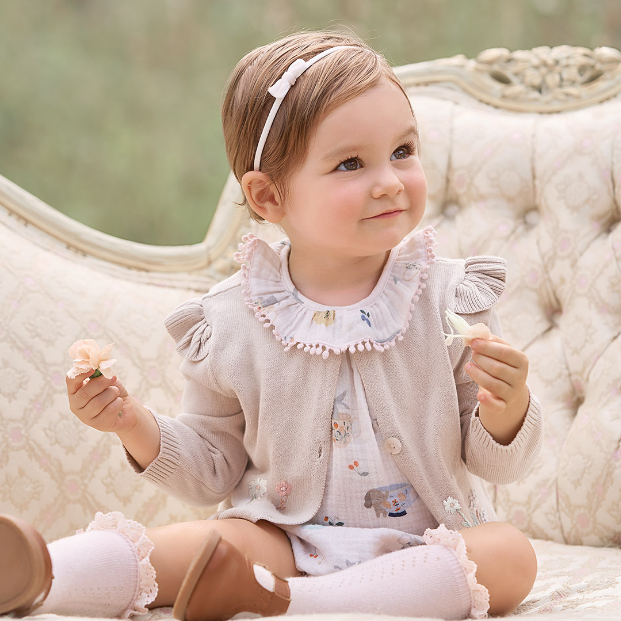
Choosing Appropriate Fabrics
Soft and Breathable Materials
Fabric choice plays a crucial role in ensuring comfort during sleep. Babies have delicate skin that can be sensitive to rough or synthetic materials. Opt for soft, breathable fabrics like cotton or bamboo for their pajamas and sleepwear. These materials allow for airflow and wick away moisture, keeping your baby dry and comfortable throughout the night.
Additionally, organic fabrics are a great option for those looking to minimize exposure to chemicals. Organic cotton, for example, is grown without harmful pesticides and is gentle on your baby’s skin. This choice promotes a healthier sleep environment while providing softness and comfort.
Avoiding Allergens and Irritants
Being mindful of fabrics also means being aware of potential allergens. Some babies may have skin sensitivities or allergies to certain materials. When selecting sleepwear, avoid fabrics that contain harsh dyes, synthetic blends, or irritating tags.
Choose sleepwear labeled as hypoallergenic or specifically designed for sensitive skin. This care helps to prevent rashes or discomfort, ensuring a peaceful sleep experience. Taking the time to assess fabric choices contributes to overall sleep comfort for your baby.
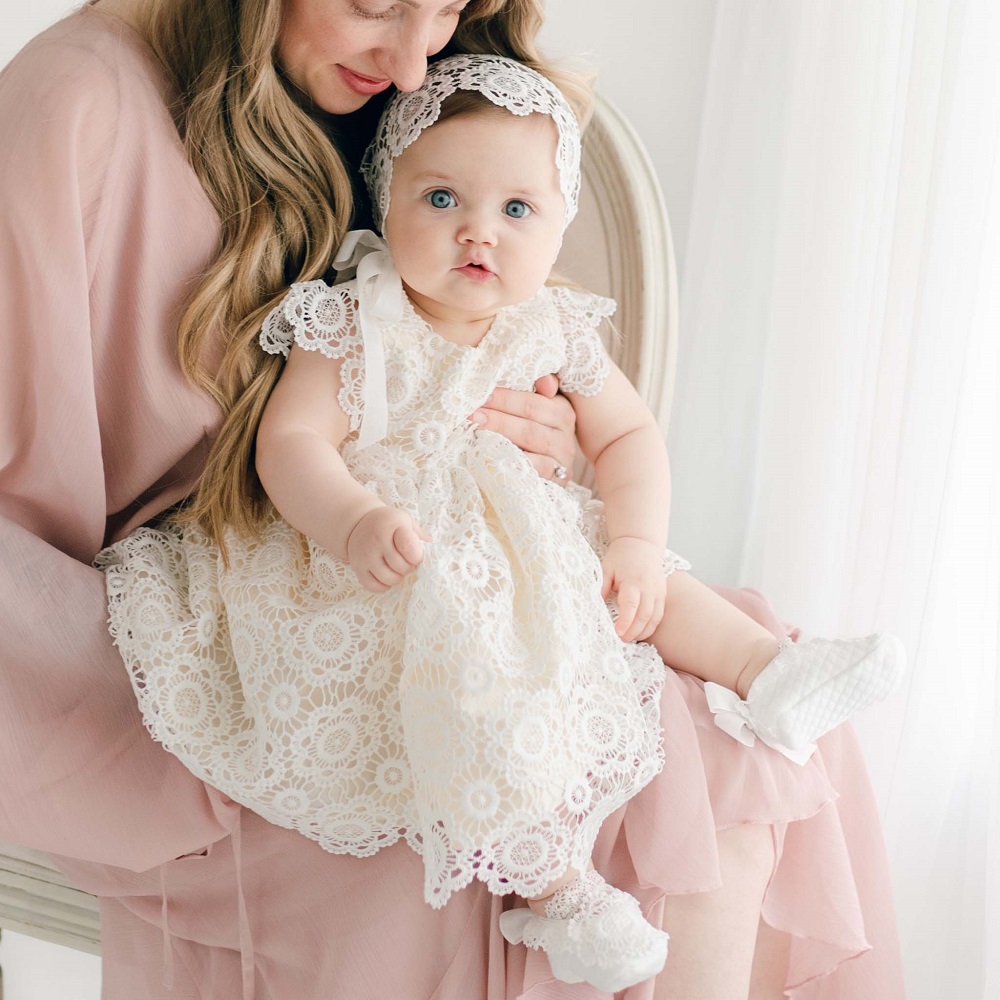
Dressing for the Weather
Layering for Temperature Regulation
Dressing your baby appropriately for the weather is essential for comfort. In colder months, layering is an effective way to ensure your baby remains warm without overheating. Start with a lightweight, breathable onesie as a base layer. You can then add a sleep sack or lightweight pajamas as the top layer.
For extreme weather conditions, such as very cold nights, consider using a thicker sleep sack or wearable blanket. These options provide warmth while allowing for safe sleeping practices. Ensure the layers feel comfortable against your baby’s skin to enhance their overall sleep experience.
Adapting to Changing Seasons
As the seasons change, it’s important to assess and adapt your baby’s sleep attire accordingly. In warmer months, opt for light cotton pajamas or even a simple onesie to keep the baby cool. Avoid overdressing during hot nights to prevent sweating or discomfort.
Additionally, monitor the weather forecast to make necessary adjustments. For example, if a cold front is expected, prepare by layering appropriately. Regularly checking on your baby’s comfort and making changes according to the weather promotes better sleep and overall well-being.

Understanding Sleepwear Types
Pajamas vs. Sleep Sacks
When considering how to dress your baby for sleep, familiarize yourself with the different types of sleepwear. Traditional pajamas are a popular choice. They typically consist of a top and bottom set, often made from soft fabric. Ensure that they fit snugly without being too tight, allowing for freedom of movement.
On the other hand, sleep sacks have become increasingly popular. A sleep sack is a wearable blanket that provides warmth while allowing the baby to move freely. Sleep sacks are designed to be safe alternatives to blankets, as they reduce the risk of suffocation while keeping the baby warm.
Transitioning Sleepwear Types
As your baby grows, their sleepwear needs may change. For newborns, swaddling is common and provides a sense of security and comfort. However, as babies mature, they may require more freedom of movement. Transitioning from swaddles to sleep sacks, and later to pajamas, helps accommodate this developmental process.
When making the transition, look for sleepwear that allows for growth. Many brands offer adjustable features in pajamas or sleep sacks, permitting extended use. As your baby evolves, keeping their comfort and safety in mind will guide your choices.
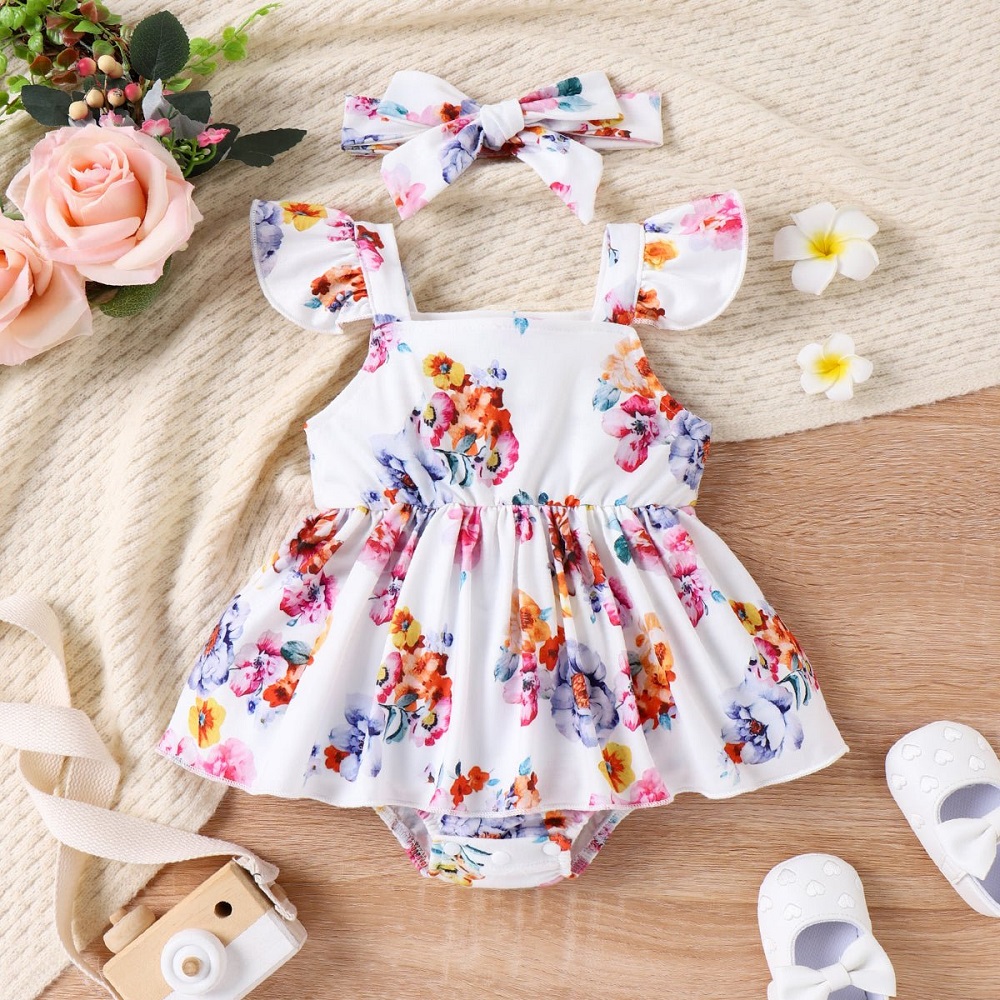
Incorporating Safe Sleeping Practices
Avoiding Loose Items in the Crib
Regardless of what sleepwear you choose, ensure the crib remains free of loose items. Pillows, blankets, or stuffed animals can pose serious risks to infants, especially as they move during sleep. Always dress your baby in layers to provide warmth without the need for additional items in the crib.
Using a sleep sack is an effective way to keep your baby warm without added bedding. Sleep sacks are designed specifically for safe sleeping, allowing your little one to stay comfortable while reducing the risk of suffocation. By adhering to these practices, you contribute to safer sleep for your baby.
Recognizing Signs of Discomfort
As a parent, being attentive to your baby’s needs is essential. Pay close attention to signs of discomfort during sleep. If your baby seems restless, fusses, or wakes frequently, consider assessing the fit of their clothing or the temperature of the room.
Dressing your baby appropriately for sleep is about meeting their comfort needs. If they seem too warm, you may need to adjust their layers. Conversely, consider adding layers if your baby feels cold. Understanding these signs and responding appropriately contributes to a better sleep experience.
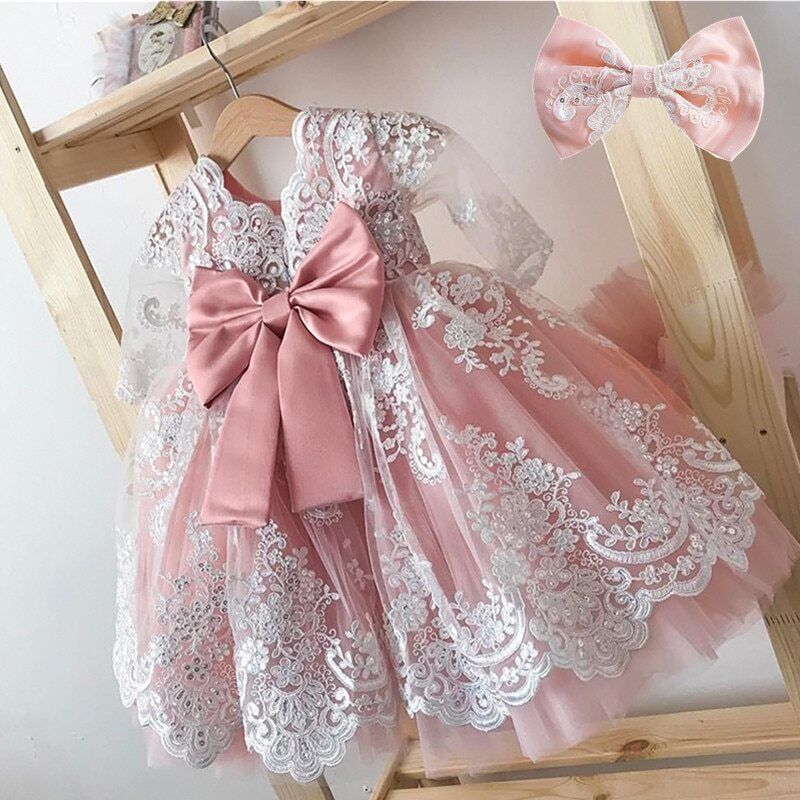
Establishing a Bedtime Routine
The Importance of Consistency
Creating a consistent bedtime routine is crucial for establishing healthy sleep habits. A predictable sequence helps signal to your baby that it’s time to relax and prepare for sleep. Consider incorporating elements like a warm bath, gentle massage, or storytime before bedtime.
During this routine, dress your baby for sleep as part of the process. Whether putting on pajamas or a sleep sack, create a calming atmosphere during these moments. Consistency in the bedtime ritual helps soothe the baby, promoting better sleep.
Calming Techniques for Better Sleep
In addition to dressing appropriately, consider using calming techniques. Soft music or ambient sounds can create a peaceful environment. Using dim lighting can also help signal that it is time to wind down. Babies thrive on predictability, so maintaining the same routine every night can enhance their sense of security.
Introduce calming techniques like gentle rocking or soft lullabies. This care fosters an environment where your child feels comfortable and relaxed. Ultimately, nourishing a loving and secure bedtime routine enriches your baby’s feelings of safety and comfort as they drift into sleep.
Staying Updated on Safety Guidelines
Understanding Current Recommendations
As a parent, it is essential to remain informed about safety guidelines related to dressing your baby for sleep. Organizations, such as the American Academy of Pediatrics (AAP), regularly update their recommendations. Stay abreast of current information regarding sleep practices to ensure safety.
For instance, guidelines often emphasize the importance of placing babies on their backs to sleep. Additionally, they provide insights on how to choose appropriate sleepwear and maintain a safe sleep environment. Reviewing these guidelines can significantly contribute to your child’s overall safety.
Consulting Healthcare Professionals
If you have any questions or concerns about your baby’s sleep practices or attire, consult your healthcare professional. Pediatricians are valuable resources in addressing concerns about sleep safety and comfort. They offer personalized advice based on your child’s specific needs, helping you make informed decisions regarding sleep attire.
By staying informed and consulting experts, you empower yourself to provide the best possible environment for your baby’s sleep. Knowledge can lead to confidence in your choices and an improved sleep experience for both you and your little one.
Prioritizing Comfort and Safety for Sleep
How to dress baby for sleep? In conclusion, dressing your baby for sleep involves careful consideration of various factors that promote comfort and safety. Understanding the sleep environment, choosing appropriate fabrics, and selecting suitable sleepwear types are essential for creating a restful atmosphere for your baby.
By being attentive to your baby’s needs and monitoring their comfort, you foster a sense of security during sleep. Implementing a consistent bedtime routine and employing calming techniques can create a positive sleep cycle. Staying informed about safety guidelines will further enhance your confidence as a parent.
Ultimately, the goal is to create an environment that allows your baby to sleep soundly and safely. By following these tips, you can ensure a comfortable and secure sleep experience for your precious little one, setting the foundation for their healthy growth and development.
